When walking down the school hallway, I see groups of students on either side in small circles with their cliques. You would expect close friends to be conversing and talking to each other since they got out of bed early that morning to talk before classes start. To my surprise, no one is talking. They are not even staring at each other. Instead, each and everyone of them is staring down at their little rectangular device in their hand that seems to give them much more satisfaction than talking to their friends. It seems that they have lost all communication skills and are only capable of moving their fingers to text their friend back. Since the invention of texting and the ability for messages to be sent at a rapid speed, Teens have shifted from conventional conversational methods to communicating mostly through the use of texting and emojis. In order to see if this switch from talking face-to-face to talking over text was true, I surveyed 50 teens ranging from 13-18 years of age from Fulton County High Schools. I gave each teen surveyed four scenarios in which they had to choose what form of communication they would be most comfortable with: texting, calling, or face-to-face. The results were very surprising.
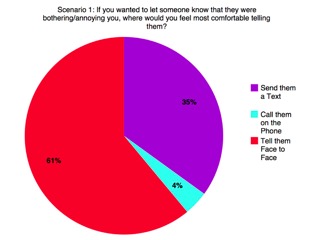 In this scenario, most of the students that I surveyed answered that they would tell the person face to face if they were annoying them. Although, 35% of the teens surveyed chose texting them. Anna Shamis, a 17 year old junior from Norcross High school explained why she chose face-to-face in this scenario. “When texting, there are often misunderstandings and misinterpretations, so face-to-face is the most effective way to communicate and share emotions.” Maybe the reason teens are so inclined to text instead of talking face-to-face is that they are afraid to say the wrong thing and texting gives them more time to think about what to say and phrase it in a way that will not hurt the other person.
In this scenario, most of the students that I surveyed answered that they would tell the person face to face if they were annoying them. Although, 35% of the teens surveyed chose texting them. Anna Shamis, a 17 year old junior from Norcross High school explained why she chose face-to-face in this scenario. “When texting, there are often misunderstandings and misinterpretations, so face-to-face is the most effective way to communicate and share emotions.” Maybe the reason teens are so inclined to text instead of talking face-to-face is that they are afraid to say the wrong thing and texting gives them more time to think about what to say and phrase it in a way that will not hurt the other person.
In this scenario, the number of teens who chose texting their crush and talking face-to-face with their crush were about the same. 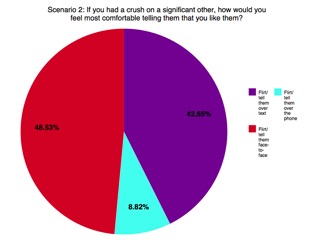 Even though it might be an extremely hard thing to come up to the person you like and tell them you have feelings for them, it is much better to do it in person. It is a scary thing to know that you have a chance of getting a bad response, but it shows that you respect the person if you have the courage to approach them about your feelings instead of typing them into a small text box. Brenda Hernandez, a 16 year old sophomore at Alpharetta High School said, “I feel like in order to properly have a conversation about your feelings it should be done in person. That way you can read their reactions. The conversation seems more intimate.”
Even though it might be an extremely hard thing to come up to the person you like and tell them you have feelings for them, it is much better to do it in person. It is a scary thing to know that you have a chance of getting a bad response, but it shows that you respect the person if you have the courage to approach them about your feelings instead of typing them into a small text box. Brenda Hernandez, a 16 year old sophomore at Alpharetta High School said, “I feel like in order to properly have a conversation about your feelings it should be done in person. That way you can read their reactions. The conversation seems more intimate.”
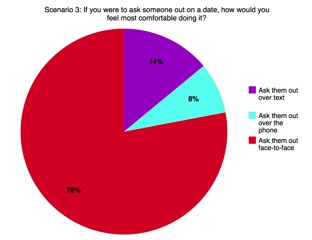 In this scenario, a significant amount of teens chose asking their significant other out face-to-face. This shows that teens know the value of confronting someone about feelings face-to-face is way more respectable and courageous than sending them a text filled with heart emojis. Ben Hutkoff, a 16 year old sophomore from Milton High School chose this option and said, “It’s hard to express emotions the same way over text. Also, being able to analyze someone’s face while they talk is important in understanding what they feel as well.”
In this scenario, a significant amount of teens chose asking their significant other out face-to-face. This shows that teens know the value of confronting someone about feelings face-to-face is way more respectable and courageous than sending them a text filled with heart emojis. Ben Hutkoff, a 16 year old sophomore from Milton High School chose this option and said, “It’s hard to express emotions the same way over text. Also, being able to analyze someone’s face while they talk is important in understanding what they feel as well.”
All of the previous scenarios had the majority of teens picking face-to-face as their answer. For this Scenario, most teens picked the 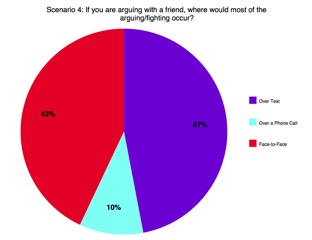 texting option. Zoe Ferrard, a 15 year old sophomore from Milton High School, explained it by saying, “In this situation, texting allows me to process what I want to say. This way I won’t blurt out something or hurt someone by being rude. By planning out what I say, I can avoid creating a bigger issue.” Based on teen interviews, many teens are more comfortable with arguing with their friend over text because they are afraid they will say something unnecessary or see their hurt reaction. Although phrasing words correctly in an argument is a good idea, the comfortable aspects of texting while arguing leads to problems such as bullying. In a recent story about the Kik messaging app, the New York Times reported that Kik’s unlimited and free messaging system leads to teens being comfortable with texting and leads to people bullying or being the victims of cyberbullying.
texting option. Zoe Ferrard, a 15 year old sophomore from Milton High School, explained it by saying, “In this situation, texting allows me to process what I want to say. This way I won’t blurt out something or hurt someone by being rude. By planning out what I say, I can avoid creating a bigger issue.” Based on teen interviews, many teens are more comfortable with arguing with their friend over text because they are afraid they will say something unnecessary or see their hurt reaction. Although phrasing words correctly in an argument is a good idea, the comfortable aspects of texting while arguing leads to problems such as bullying. In a recent story about the Kik messaging app, the New York Times reported that Kik’s unlimited and free messaging system leads to teens being comfortable with texting and leads to people bullying or being the victims of cyberbullying.
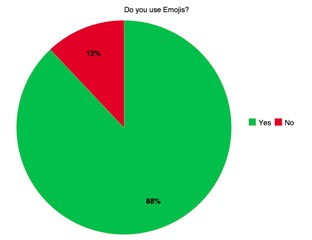 Along with the actual texts that teens write to express feelings, emojis have made it easier for teens to find a face that describes their mood and send it to their friends. I also asked teens that I surveyed whether or not they use emojis. Based on the data to the left, you can probably tell most teens said “Absolutely!” Jack Hurst, a 16 year old sophomore at Milton High School said, “I use emojis because I am incapable of showing emotions any other way.”
Along with the actual texts that teens write to express feelings, emojis have made it easier for teens to find a face that describes their mood and send it to their friends. I also asked teens that I surveyed whether or not they use emojis. Based on the data to the left, you can probably tell most teens said “Absolutely!” Jack Hurst, a 16 year old sophomore at Milton High School said, “I use emojis because I am incapable of showing emotions any other way.”
Teens spend a lot of time on their phone throughout the day (see graph on right), whether it’s on Instagram or checking the latest 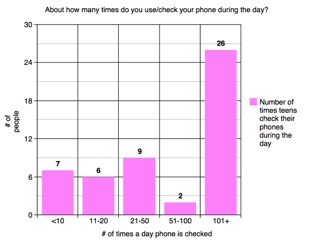 Buzzfeed update. Consequently, that is causing teens to rely on phones to communicate via texting and emojis. “I personally would rather talk face-to-face, but people these days can’t talk in person so I have to text to get my point across without interruption,” Josh Martin, a 16 year old junior from Milton High School said.
Buzzfeed update. Consequently, that is causing teens to rely on phones to communicate via texting and emojis. “I personally would rather talk face-to-face, but people these days can’t talk in person so I have to text to get my point across without interruption,” Josh Martin, a 16 year old junior from Milton High School said.
Hopefully teens will continue to embrace talking face-to-face as the best way of communicating, even though it can be scary at times. Even with the colorful and fun emojis and quick send messages, talking in person is the most intimate and personal way of communicating, and I hope it stays that way.


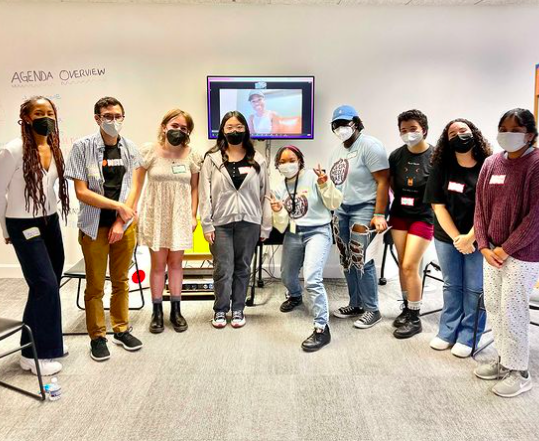

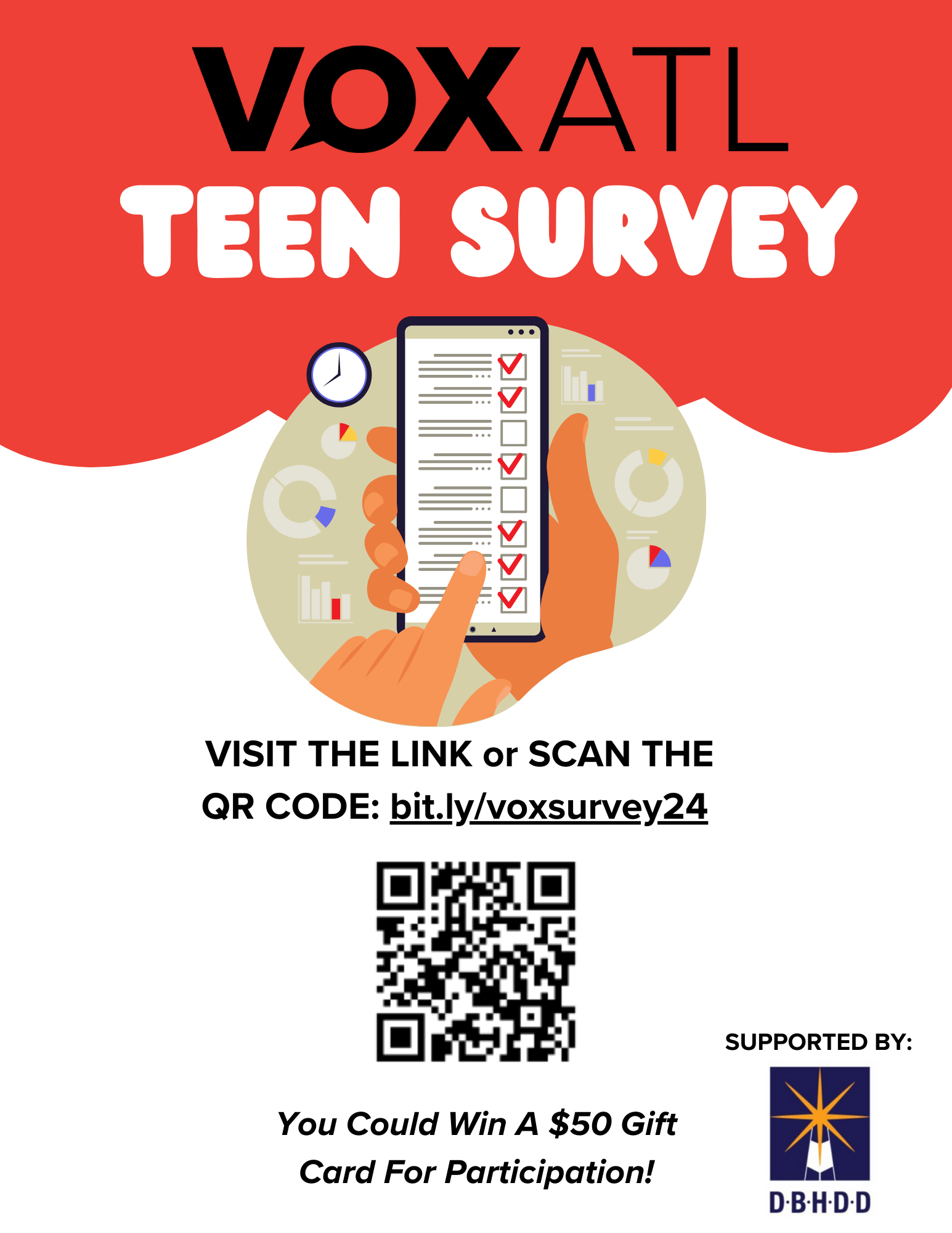
you have to be joking. many pick phone then face to face.
kind of shocking isn’t it.
you think